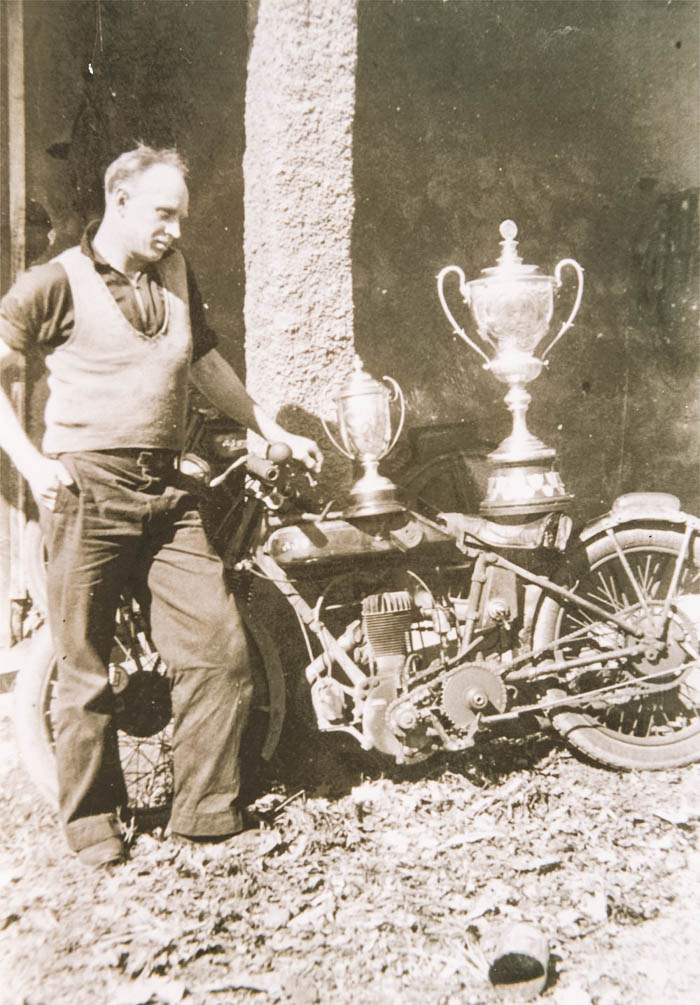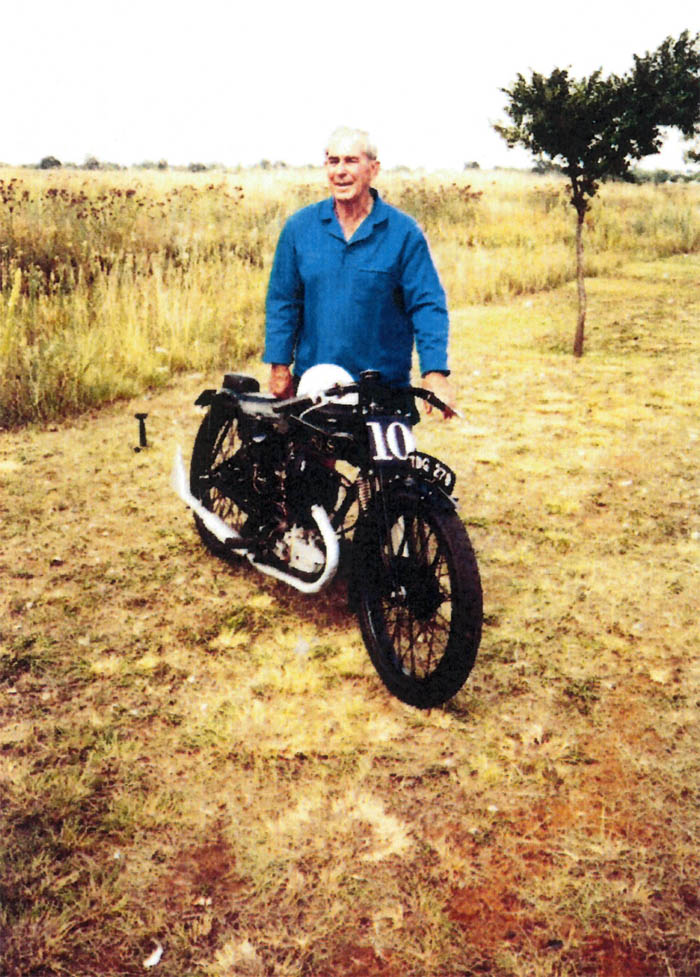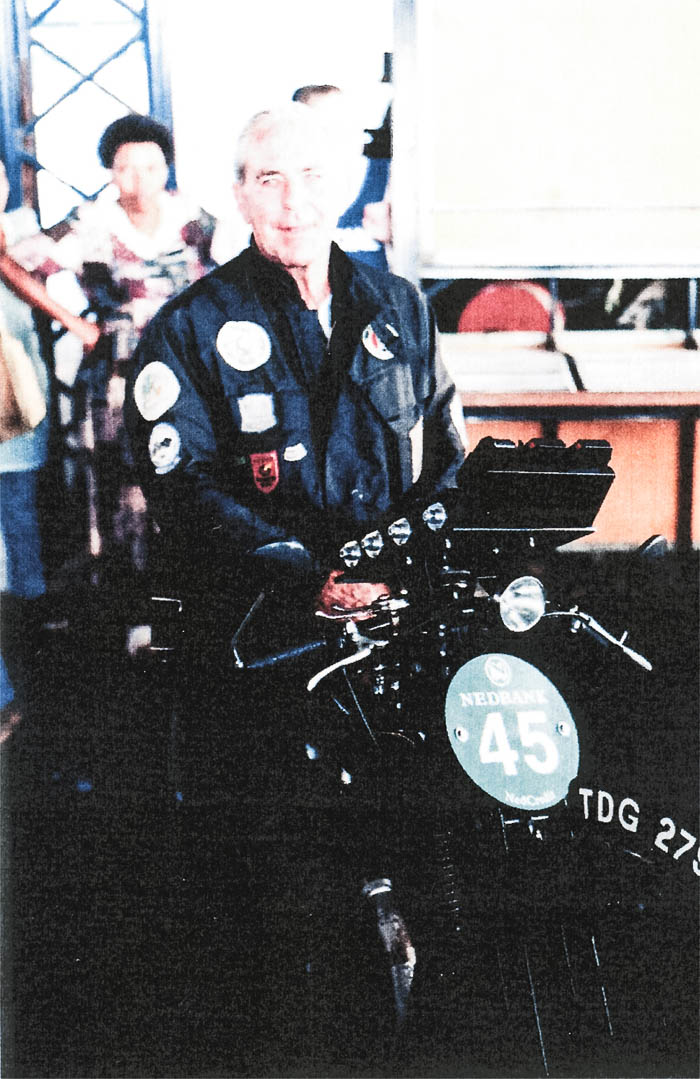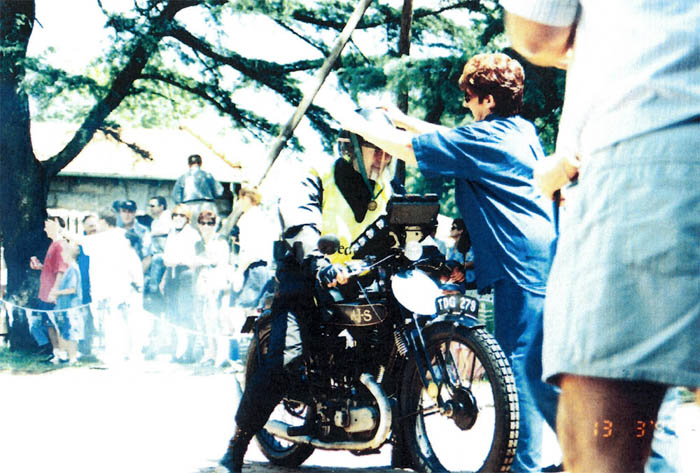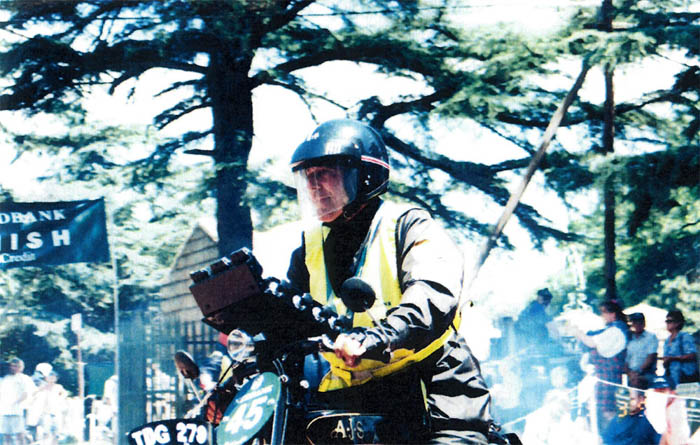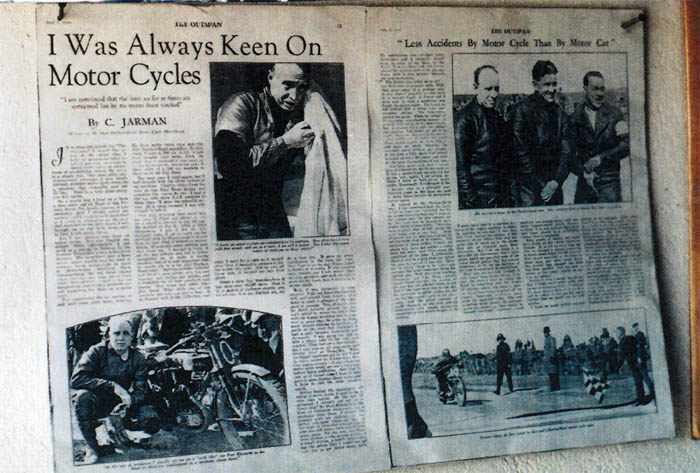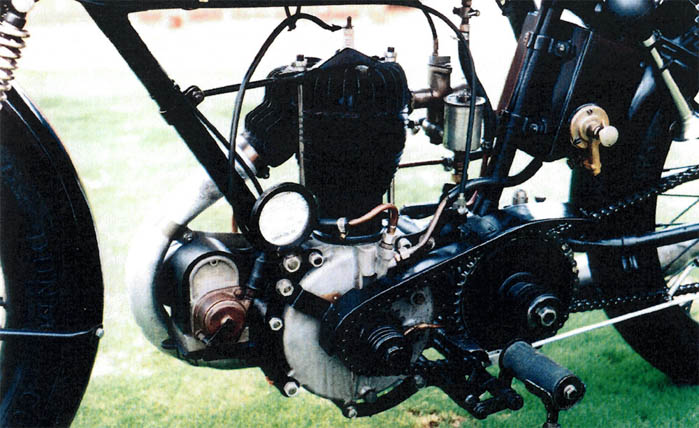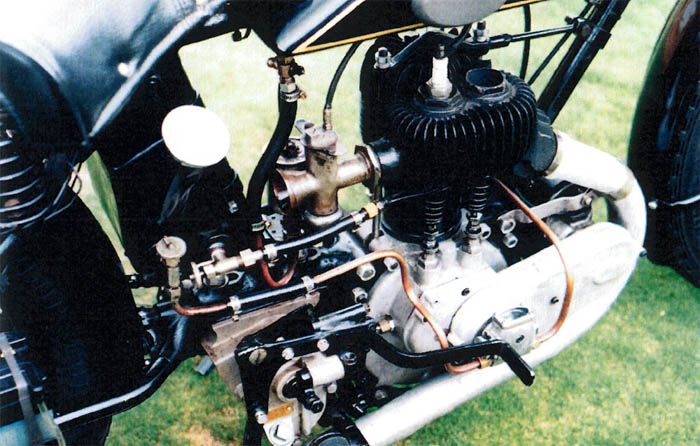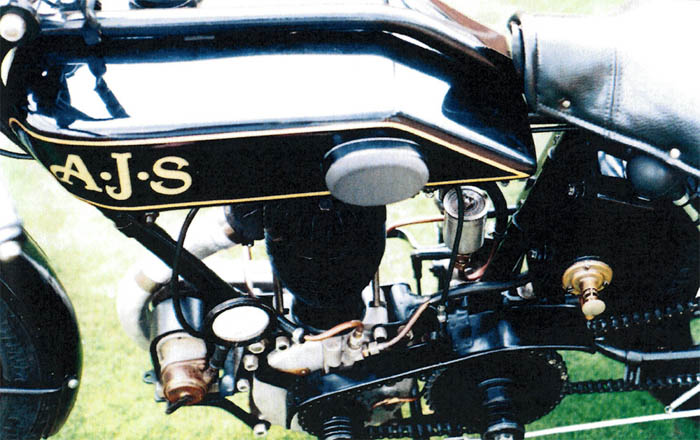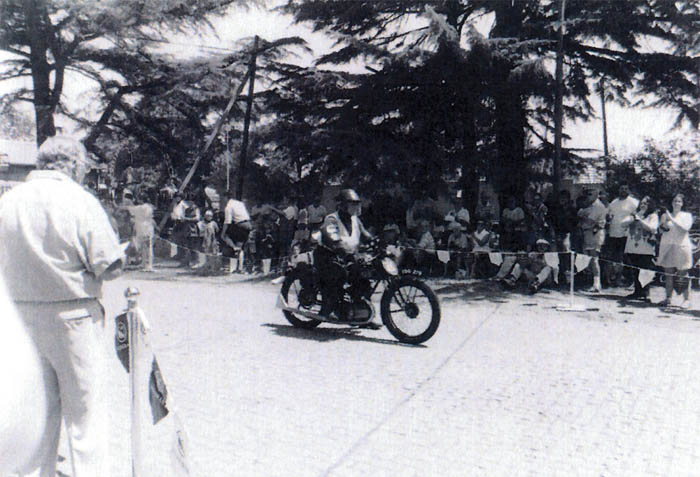
26 Aug On yer bike – 1926 AJS
FMM curator Wayne Harley is a self-confessed motorcycle enthusiast and this month we continue our new series of features on some of the museum’s classic two-wheeled machines with the bike that won the last-ever D-J Run.
The story behind this 1926 AJS is quite remarkable. Like The World’s Fastest Indian, it’s a story that could be made into a movie; in fact, maybe someone should do it. Cranley Jarman, a young man from Nigel and a renowned motorcyclist, would be the hero of our story. His love of motorcycles started as a young boy when he began working in a garage in Delmas for a gentleman who was a regular motorcycle racer. Little did he know that his fate would be cemented at this time because it was not long before Jarman established a reputation for being a bit of a wizard in the tuning department, including carrying out work on racing legend and friend Bepe Castellani’s bikes.
But this was not enough to give our hero even more personality. He spent his life as a recluse on the small farm where he grew up and seldom left. Going there, you would find a property littered with motorcycles, so much so that even in the sitting room of his house you could find bikes and parts. Amongst all this mechanical mayhem is where the bike in this story appears, a humble little 1926 350 cm3 AJS G3, which Jarman converted into an Isle of Man TT G6 lookalike and entered into what must have been the most gruelling race in Africa at the time, the now legendary D-J Run. He did not complete the run at his first attempt at the race in 1932 riding a 500 cm3 AJS. However, in 1934 our hero bought the 350 AJS for £4-10s and finished the 1935 run before going on to win the 1936 event outright – on a 10-year-old machine. The event turned out to be the last D-J run as a race; subsequent events have been time-trial commemorative runs. Jarman admitted to doing over 10 000 miles on the bike.
On to the next chapter of this story. After many years, a motorcycle restorer by the name of Colin Anderton, who also lived in Nigel, heard that the Jarman bike was looking for a home. Colin was a friend of the Heidelberg Motor Museum and approached curator Judy LeGrange to save and restore this little gem of a bike. An agreement was reached, and Colin collected all the bits and delivered them to the museum. Then another gentleman entered the scene, Colin’s friend Hew Hollard. Hew was also a restorer of classic bikes and a friend of the Heidelberg Museum, and because Colin just didn’t have the time to do the restoration himself, he asked Hew to help. One must remember this was done free of charge and out of the love for bikes…
So, in 1998 Hew arrived at the museum and was shown the pile of bits that possibly were last all together in the form of a bike some six decades before. Hew drove to his home in Springs and set about a total restoration, and in less than six months he was back at the museum. What a day it was to see this famous AJS back on its wheels. But this is still not the end of the story. In 1999, Hew entered the bike in the D-J Commemorative Run and the little AJS didn’t disappoint, managing the distance again with ease and finishing 111th. Hew returned again in 2000 and completed the rally, this time in 86th position.
Since then the AJS has always had a special place in our museum’s history, first at Heidelberg and now at its new home in Franschhoek. Nowadays it is only taken out for its maintenance run but it still doesn’t miss a beat and fires up straight away. Jarman made a few changes when converting it to a racing machine, such as a twist-grip accelerator and a foot gear-changer. The riding position is low and uncomfortable, and to ride from Durban to Johannesburg you had to be not only brave but super tough. The bike is very light – it was Jarman’s main reason for racing the AJS – and has an old scrambler feel to it.
And there you have it. Cranley Jarman and the AJS may well not be as famous as Burt Munro (played by Sir Anthony Hopkins) and The World’s Fastest Indian, but in my book it could be an Oscar-winning story.
